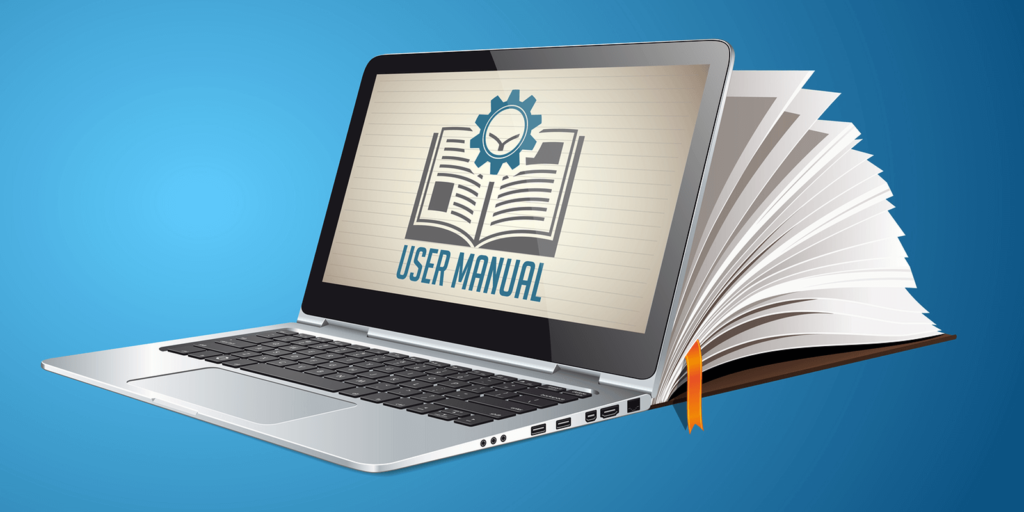
Something we always teach our technical writing students early on in the semester is the art of plain language, and why it’s a valuable skill when dealing with a broad audience. Kira Dreher, author of “Engaging Plain Language in the Technical Communication Classroom” does an incredible job at breaking down the benefits of plain language in the most frequently-discussed technical writing fields. Each field values the use of plain language for different reasons, and it’s our job as technical (and business) writing professors to introduce these values to our students so that they might understand how they differ between audiences.
As it is, technical writing and plain language overlap in their goals in several areas. The most recognizable is prioritizing the users’ needs and interests, as well as translating complex information in a way that is easily digestible for the audience.
Dreher states, “I argue that plain language is an important framework for technical communication teachers and students because it is an opportunity to see our field anchored to an established public movement, to use our disciplinary knowledge to critique and address the movement’s limitations, as well as to interrogate assumptions about social justice, “plainness,” and access with our students,” (pg 46).

As technical writers, our purpose is to serve the public by communicating information in a clear and concise way, and it’s important that we teach the different goals of using plain language in different fields. Plain language is an important framework for technical communication teachers and students because it is an opportunity to see our field “anchored to an established public movement, to use our disciplinary knowledge to critique and address the movement’s limitations, as well as to interrogate assumptions about social justice, ‘plainness’, and access with our students,” (pg. 46). For Example:
- Plain language in Government and Law is important to clearly communicate rules and regulations to the public that could otherwise be confusing if the users are unaware of specific terminology.
- Plain language in Business and Finance is meant to protect and prioritize the use so that they meet all the government’s regulations.
- Plain language in Health Fields helps communicate complex medical information to the user so that they can navigate future healthcare and insurance.
- Plain language in Science makes information accessible to the public.
I really enjoyed how Dreher broke this information down and explained how plain language benefited each field individually. But what’s our next step? How can we develop a pedagogy that clearly articulates the importance of plain language to our students while also engaging with them? As teachers, we are SMEs (subject matter experts) that take our knowledge and use plain language to teach that knowledge to our students. We must show them how to do the same. The CPL offers the following five steps, each with nuanced sub-steps, to communicate plain language:
- Step One: Identify and describe the target audience.
- Step Two: Structure the content to guide the reader through it.
- Step Three: Write the content in plain language.
- Step Four: Use information design to help readers see and understand the information.
- Step Five: Work with the target user groups to test the design and content.

Well, Dreher continues by addressing a potential next step for us. Currently, we already teach the rhetorical situation and how knowing the audience is the first step to technical writing and plain language. However, Dreher offers an additional next step and encourages us to deepen that audience understanding by strategizing ways to build trust with the user. She states, “Framing plain language in the terms of persuasion can reveal more clearly the stakeholders, socio-political implications, and assumptions about language and clarity undergirding the movement,” (pg. 56).
Because of the overlapping goals of technical communication and plain language, instructors can treat plain language as a practical application in tech comm courses, as well as an object of “critical inquiry for students to explore its contextualized history, its potential social justice, and its rhetorical assumptions,” (pg. 56). Teaching our students plain language gives them a marketable, recognizable skill that they can strategically use to contextualize other specialized technical communication knowledge in future careers — and setting our students up for their future is one of the primary goals of teaching this course.
A link to this chapter can be found here if you’re interested in reading further on engaging plain language in the technical communication classroom.
Cameron Sinclaire